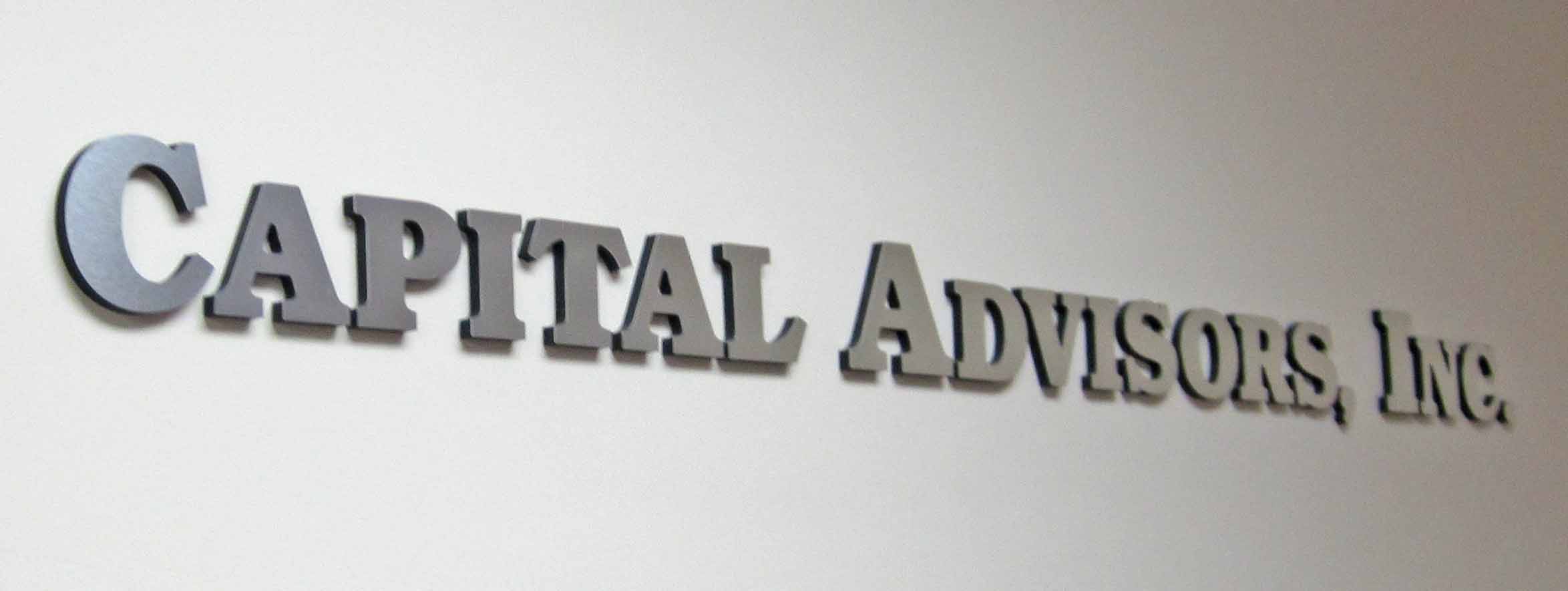in Valuing Businesses
January 2025
“Working Capital” is a measure of a business’ liquidity and is calculated by subtracting short-term liabilities from short-term assets. Short-term assets of a business typically include cash and equivalents, accounts receivable, inventory and prepaid expenses. Current liabilities typically include accounts payable, accrued expenses, short-term debt, deferred revenues and the current portion of long-term debt.
Working capital is used to meet the day-to-day obligations of a business. A positive working capital balance implies that the business has enough current assets to meet short-term liabilities due within the next year.
A common financial ratio used to determine the adequacy of working capital is the “current ratio”. It is calculated by dividing current assets by current liabilities. A current ratio over 1.0 demonstrates positive working capital, while a current ratio below 1.0 demonstrates negative working capital. One way to estimate the adequacy of working capital for a particular business is to compare the businesses’ current ratio to those of other businesses in the same industry. Average and median industry current ratios can be found in a number of publications such as Risk Management Association’s Annual Statement Studies. Alternatively, industry current ratios can be derived from the financial statements of publicly-traded companies in the same industry.
In interpreting the current ratio, it should be noted that while a higher current ratio demonstrates greater liquidity, it could also mean that the business has excess working capital that is possibly not being efficiently deployed.
To summarize, working capital is a measure of a business’ liquidity that is calculated by subtracting current liabilities from current assets. The adequacy of working capital can be estimated by the use of the current ratios of businesses in the same industry. It should be noted that a high current ratio isn’t necessarily a positive factor in valuing a business and the level of working capital should be utilized with other methods of determining overall firm liquidity.
Relevant Court Cases
-
Galiotos v. Galiotos,
Court of Virginia,
Record No. 0068-24-1,
decided December 30, 2024
-
Oakes v. Oakes & Leadwise, Inc.,
Ohio Court of Appeals,
2024 Ohio 6051,
filed December 27, 2024
Recent Business Valuation Articles
-
“A Complementary Valuation Model:
Integrating Growth Dynamics and Exit Multiples,”
by Hyoung-Goo Kang and Doojin Ryu,
dated December 13, 2024
-
“Behavior of Discount Rates in Present
Value Calculation,”
by Denis M. Becker,
dated October 18, 2024
Recent Engagements
- Valuation of a limited
partnership interest of
a private equity fund on
a minority interest basis
for gift tax reporting/sale
purposes.
- Consulting regarding member
interests of a communication
service provider on a minority
interest basis for redemption
purposes.
- Valuation of the common stock of
an industrial equipment sales
company on a controlling interest
basis for corporate planning purposes.
- Valuation of the common stock of
a manufacturer and equipment
distributor on a minority interest
basis for gift tax reporting purposes.
 ";
"
";
" ";
"
";
" ";
"
";
" ";
"
";
" ";
"
";
" ";
";
